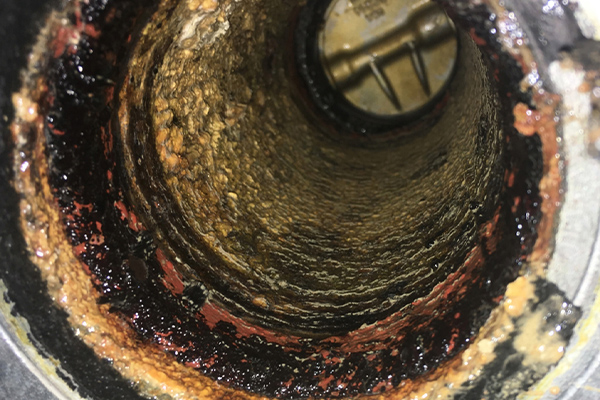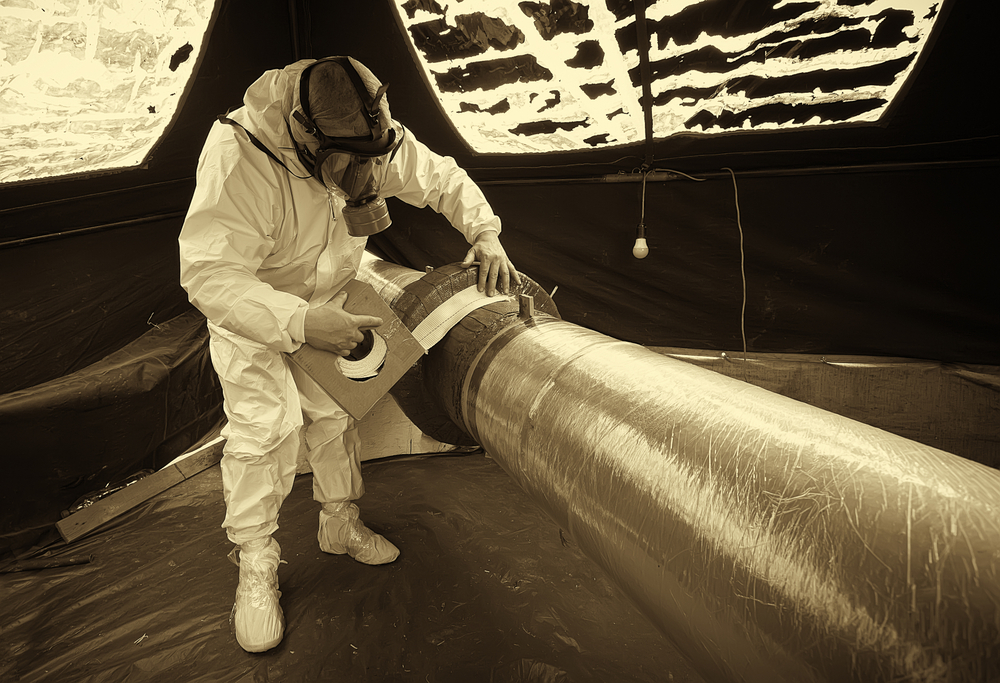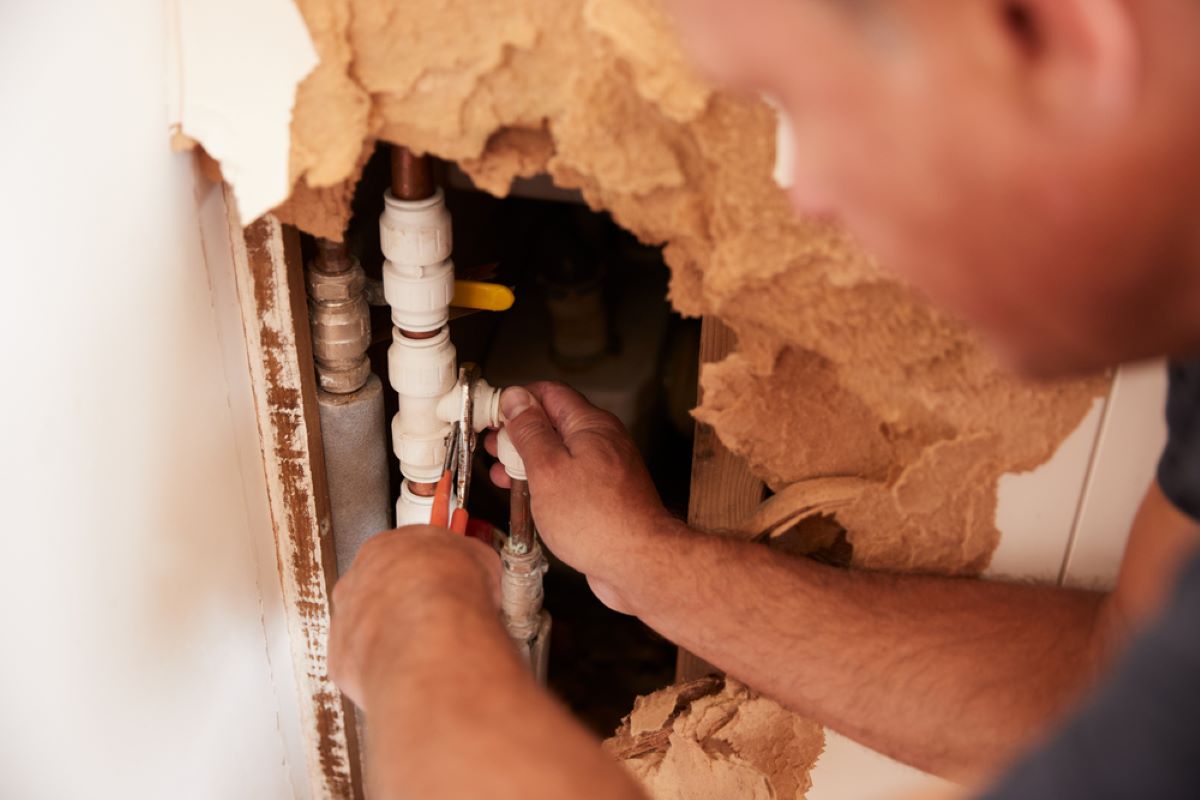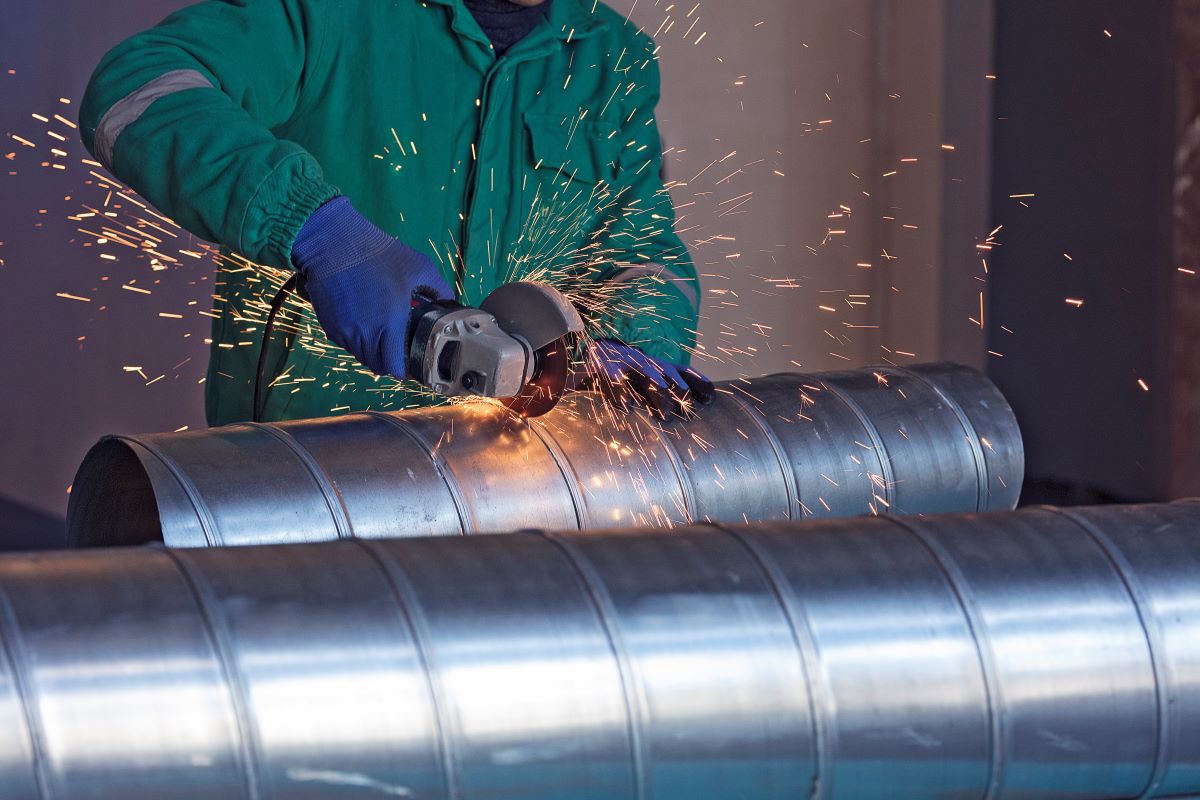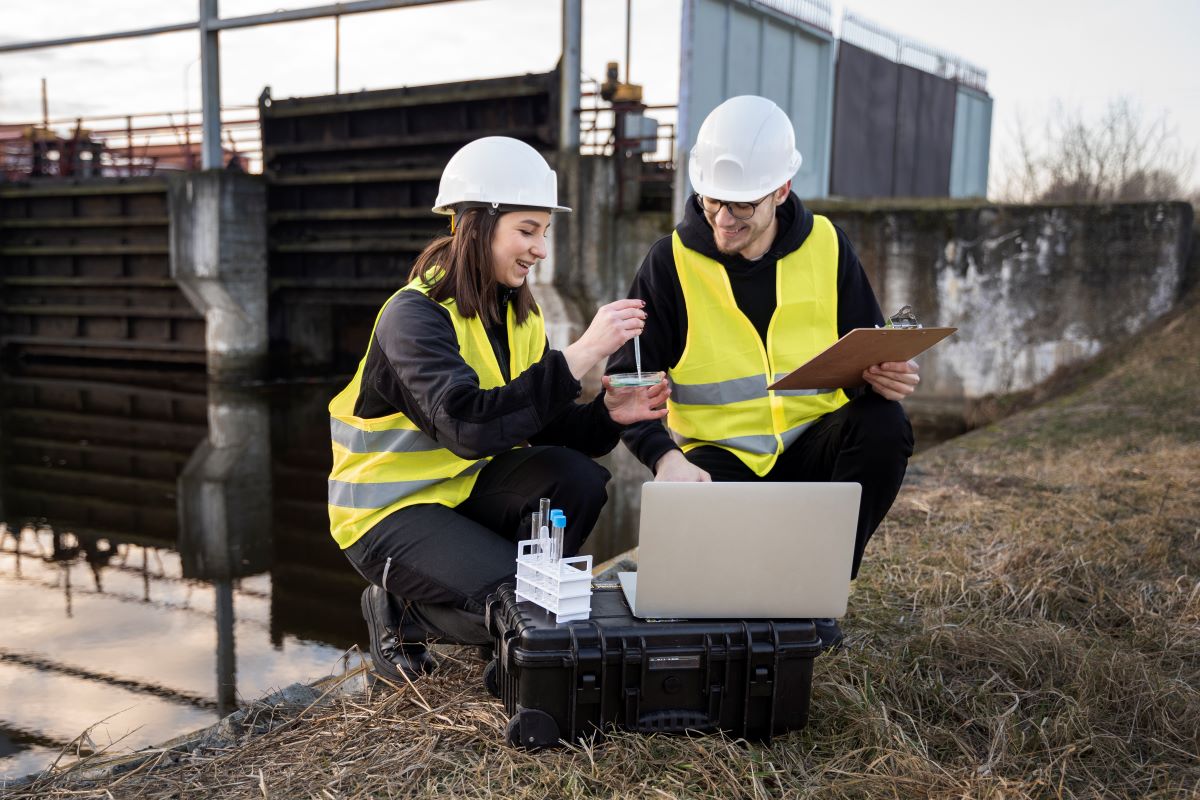Pipe corrosion is a major problem in the oil, gas, and petrochemical industries. Internal pipe corrosion can become a serious problem if companies neglect them. Oil spills, closures, and environmental problems are all caused by corroded pipes. It is now easier to inspect the outside of the pipes. A visual examination indicates possible problems.
New internal corrosion protection systems for pipes reduce the risk of external corrosion. Corrosion is a natural process in which metallic materials deteriorate due to an electrochemical reaction called oxidation (rust). Internal corrosion refers to corrosion that occurs on the inside of piping systems. Pipes in the oil and gas industry are often divided into two types: those that carry untreated wellhead fluid and those that carry the treated fluid.
Single-phase and multiphase fluids are transported by pipes. A pipe failure can disrupt the operation of an entire oil and gas plant because nothing can be moved. Even if offshore and onshore facilities are well managed and operated, fixing corroded pipes could cripple all activities due to connectivity issues.
Causes of Internal Pipe Corrosion
Internal pipe corrosion develops as a result of the internal environment of the pipe. Corrosive materials are usually pollutants naturally present in the transported product, such as hydrogen sulphide, carbon dioxide, other chemicals, or even water.
When the metal deteriorates, internal pipe corrosion occurs. Steel rusts due to an electrochemical reaction that causes corrosion of steel pipes. Pipes are exceptionally long and important infrastructures, so maintaining their physical integrity is essential for pipe operators.
Fortunately, there are a variety of effective solutions to prevent and minimize internal corrosion of pipes, including those that are highly advanced technology. As our agency Lined Piped Systems introduced the best products that help us in the treatment of pipe corrosion.
Types of Internal Pipe Corrosion
There are various types of pipe corrosion, let’s check them out one by one:
1. Pitting Corrosion
Pitting corrosion is the rapid deterioration of a small section of the surface of a pipe, which leads to the formation of cavities or pits. These pits can pierce the pipe in certain situations. Passive metal alloys and metals such as aluminum and stainless steel are susceptible to this type of corrosion. Pits are usually irregular in shape and depth. One of the causes could be a poor selection of piping material.
2. Uniform Corrosion
Uniform corrosion of pipes, as the name suggests, causes a loss of uniform material on the surface of the pipe, resulting in continuous weakening or wall loss of the solid structure of the pipe. The reaction rate is measured in millimetres per year by the penetration depth of the surface.
This form of deterioration can be avoided by using a suitable piping material and a combination of corrosion protection measures such as cathodic protection and surface coatings.
3. Galvanic Corrosion
When different alloys or metals with different corrosion potentials are connecting electrically, galvanic corrosion occurs. In this case, only the metal that acts as one anode deteriorates relative to the other.
4. Stress Corrosion
Under corrosive conditions, the damage caused by stress corrosion is the propagation of already existing cracks. It can cause sudden failure of ductile metal pipes under tensile stress, especially at higher temperatures. With alloys, cracks develop rapidly, but failure occurs only when the amount of stress exceeds a certain threshold.
5. Graphitic Corrosion
The cause of Graphitic corrosion is an alloy containing a precious metal and a more reactive element. This can lead to the loss of the reactive element from the pipe surface, resulting in loss of strength and premature collapse.
6. Crevice Corrosion
Due to differences in oxygen availability, corrosion of crevices is induced by an accelerated reaction at piping joints and other crevices. In an electrochemical process, oxygen-poor surfaces serve as an anode.
7. Intergranular Corrosion
Intercrystalline deterioration is the selective deterioration of the grain edges of a surface (due to high temperatures) when the grain boundary reaches a high level of activity, making the surface susceptible to corrosion.
8. Cavitation Corrosion
Cavitation damage occurs when the working pressure of a liquid falls below its vapour pressure, resulting in the formation of vapour pockets and vapour bubbles that collapse on the inside of the pipe.
9. Galvanic Corrosion
When different alloys or metals with different corrosion potentials are connected electrically, galvanic corrosion occurs. In this situation, only the metal that acts as one anode deteriorates relative to the other.
10. Stress Corrosion
Under corrosive conditions, the damage caused by stress corrosion is the propagation of already existing cracks. It can cause sudden failure of ductile metal pipes under tensile stress, especially at higher temperatures. With alloys, cracks develop rapidly, but failure occurs only when the amount of stress exceeds a certain threshold.
11. Erosive Corrosion
Erosion corrosion is caused by the movement of the fluid relative to the inner surface of the pipe. Erosion rates can increase rapidly due to liquid turbulence. Internal corrosion monitoring of pipes that are not properly polished or that develop pits can disrupt the smooth flow of the fluid, causing local turbulence of the fluid.
12. Stray Current Corrosion
The flow of stray currents through pipes causes corrosion of the stray current. This can lead to localized bites and pinholes on metal surfaces near sites where stray currents come out of the surface.
Internal Pipe Corrosion Treatment With FlexSleeve & Joint Lock Rings
The Lined Pipe System designed the two best products that help to treat the corrosion pipe very easily. These two products are the best, once again I repeat “The best products to solve pipe corrosion. Let me introduce these two perfect solutions to corrosion:
The first one is Flexsleeve; It is a technology that helps your pipe to prevent corrosion through welded pipes. The basic purpose is to protect the joint from liquids and permit the fastest construction of the pipe. The best thing about FlexSleeve is that it is easy to install.
The second product is Joint Lock Rings, these rings are pre-installed rings that provide full-penetration welded junctions into rubber- and polyurethane-coat hoses. Rubber or polyurethane coatings last much longer in pipes that transmit abrasive and corrosive media.
Both of these Pipe materials are cost-effective and long–term solutions to internal pipe corrosion. You can treat your pipe corrosion problems with our best and top-rated pipe materials.
Conclusion
Before installing any pipe, you should ensure that the quality of your pipe should be good. Prepare your pipe completely to prevent internal pipe corrosion. Do not forget to keep your budget in front of you and then choose the product. You can use our products, for any pipe-relevant issues. Moreover, you can contact us for further details and retails, because we are offering the fastest construction with permanent protection.

